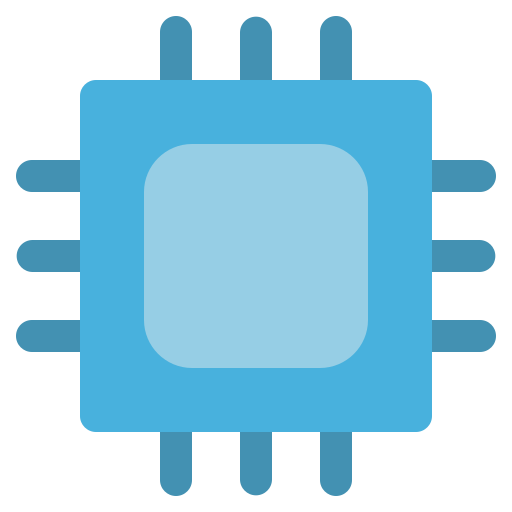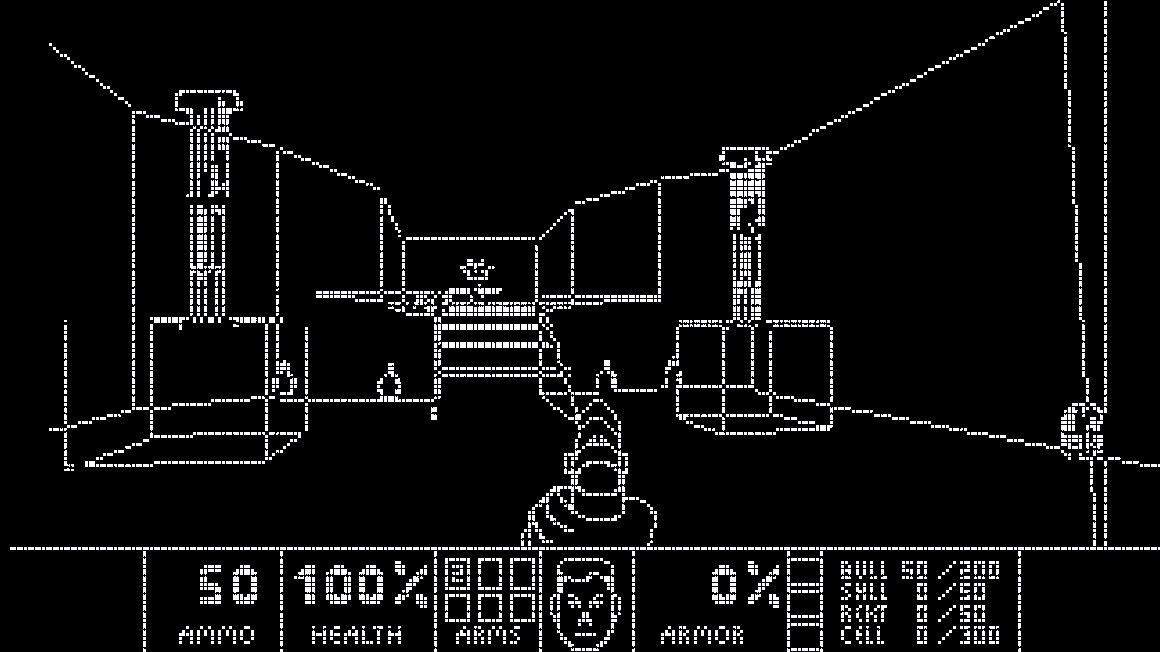I’m guessing in this port demons are both alive and dead until observed.
I get the joke, but honestly I still don’t fully understand how quantum computing works and I’ve read multiple primers on the topic.
“Classic” computing may be complicated, but the base principle are actually somewhat straightforward.
The way I understand it, and I could be very wrong, is that it’s like brute forcing the universe while wearing a blindfold. Because the power of a qubit is exponentially higher than the same number of bits, you can get a lot more information from the same amount of processing power. However, if you measure the qubit, it loses all of that information. Instead, you have to set parameters that say things like: solve for x, and then you wait for the solution to be presented from the qubits. The catch is that you can’t see how the qubits are working, because if you do, you observe them and the data is lost. You just have to hope that they solve the problem for you. In reality, it wouldn’t be that strange of a process, because you wouldn’t ask it theoreticals, you would have it solve complex problems that can be solved in some way. That’s why computer gaming gets no benefit, you aren’t asking for answer to complex problem, you are telling polygons where to be.
Thanks for writing that out.
This does make sense and it’s roughly what I’ve read previously.
What I don’t understand is why is there even something called a qubit that stops working if you observe it. This does not make sense to me.
I also don’t really get the model of how qubits are programmed and quantum commands (???) are executed.
I’m also not an expert on this, but from my limited knowledge, the problem with measurements collapsing a qubit into either 1 or 0 is because they’re so small and so finicky that any measurement is by nature destructive. They’re small enough that throwing a photon at it causes them to lose information, and you can’t measure them without throwing a photon at it.
This is the part I don’t understand, if we are not defining (measuring) 1s and 0s, then what is going on?
How do you represent data, execute commands on data if there are no 1s and 0s.
Again, not an expert, but as far as I know the data exists as some value between 0 and 1 (a float, basically). You just can’t tell what it is precisely.
You can control them by blasting them with radio waves. Then, when you’re done giving them operations in this manner, you shine light on them and if they fluoresce, it’s a 1, if not, it’s a 0.
The probability of it being a 1 is dependent on how big the float between 0 and 1 was (so, 0.8 has an 80% chance of being a 1 and a 20% chance of being a 0).
I could be horribly wrong, this is just what I picked up from some baby’s first quantum computer explanations I stumbled across.
Removed by mod
Cheers, will check it out.
Of course:
The rest of the instructions are all valid n-controlled Toffolis and Hadamards, but of course mostly Toffolis since it’s replicating a classical algorithm. There is no quantum advantage, it’s just a classical algorithm written in a format compatible with a quantum computer.
Add small errors to the quantum simulator (quantum computers always have those) and all’ll break entirely - apparently (1) no error correction was used and (2) it’s just logic gates for Doom rewritten as quantum gates. No wonder the author got bored, I’d be bored too.





